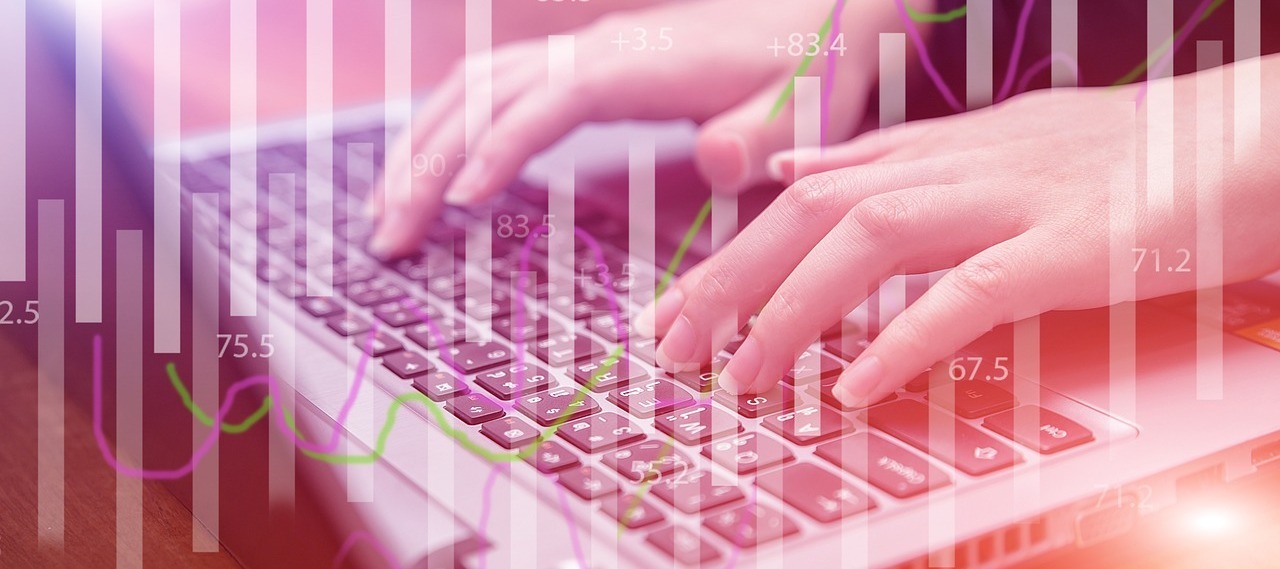
AI gains momentum in core financial services functions
With 2.5 billion payment cards used in more than 200 countries and territories across the globe, Mastercard faces a gigantic fraud risk. Credit card fraud accounted for more than $32 billion in losses—or about 6.6 cents per $100 in transactions—in 2021, with more than one-third occurring the U.S., according to a December 2022 Nilson Report study.
AI gains momentum in core financial services functions
Fraud risks of this scale require real-time authentication of individual transactions, which opens the door for errors—potentially allowing a fraudulent transaction or denying a legitimate purchase. However, real-time verification also allows cardholders—and Mastercard—to benefit from the global marketplace. To tackle this challenge, Mastercard marries fraud-detection technologies with AI, using the data it collects over its network. Hitting the right balance between denying potentially legitimate transactions and allowing questionable transactions is a challenge, says Rohit Chauhan, executive vice president of AI at Mastercard.
“It’s a really tricky kind of model where you want to decline every possible fraudulent transaction, but at the same time, let the legitimate transactions pass through without any friction,” he says. “On an average day, we see over a billion transactions, and since data is what fuels AI, we were definitely one of the early adopters.” Yet, the benefits of AI adoption surpass improved fraud detection. As such, the application of AI throughout Mastercard has become a priority, Chauhan said.
“The use of AI is about future-proofing Mastercard,” Chauhan says. “If it’s the new electricity, we want electricity to be flowing through every division within Mastercard, and every business unit should be benefiting from it, rather than just the places where it naturally incubates.”

Mastercard is not alone. Financial services and banking see AI as an opportunity to automate massively at scale, keep up with accelerating customer expectations, stay competitive in an evolving marketplace, and prepare for disruptions. As AI use cases grow beyond fraud detection and searching unstructured data (data that isn’t organized or in the correct format for an application), businesses will increasingly put AI-powered functionality into the hands of non-technical workers and business operations, allowing innovation to happen across the organization.
With training, retooling, and increased exposure to data, business users can play a central role in building analytics workflows, more efficiently handle regulatory requests, and ensure the quality of data.
Whether the systems are called AI, machine-learning (ML) models, or automated data analytics, data is taking on a more significant role inside companies, says John McCambridge, global solutions director for financial services and insurance at AI and machine learning firm Dataiku. “People are using advanced analytics to solve various problems inside of their businesses and generate lots of return on investment,” he says. “It’s absolutely a potential source of value and can solve very specific problems.”
LeackStat 2023
